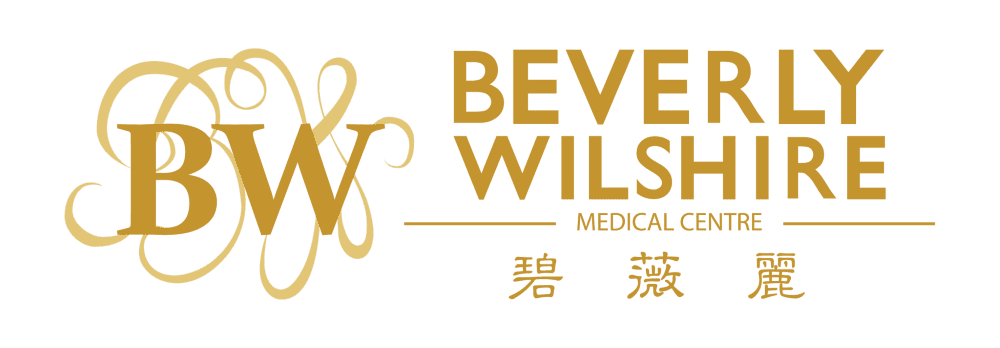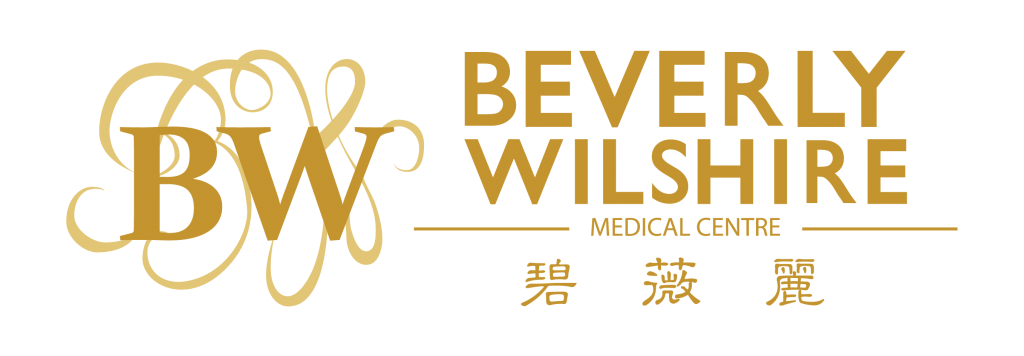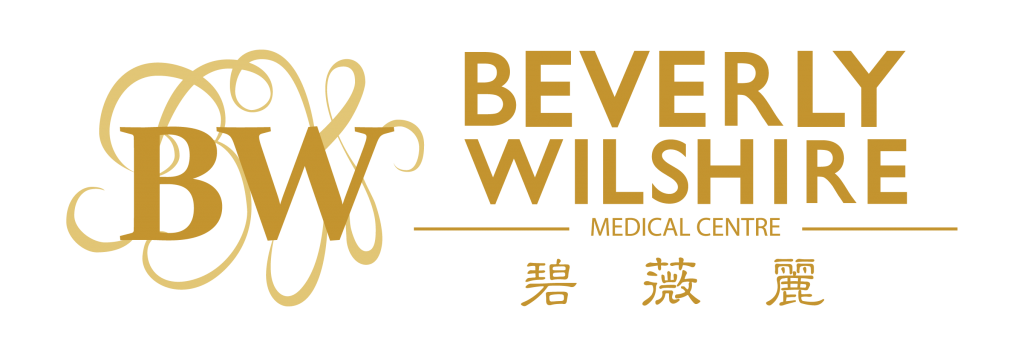For a person who wants to get a nose job, would you recommend a surgical method (rhinoplasty) or a non-surgical option (nose fillers or nose thread lift)? What are the differences? How long does it take for the whole process to be completed? Can they both achieve the same results?
- Surgical (rhinoplasty):
- Yes, you have to go under the knife and the process requires few hours with longer downtime. However, the results are long lasting.
- Helps to correct:
- Nose size, in relation to the other facial structures
- Nose width, at the bridge
- Nose profile, with visible humps or depressions on the bridge
- Nasal tip, that is large or bulbous, drooping, or too upturned
- Nostrils that are large, wide or upturned
- Nasal asymmetry and deviation
- Types of material for rhinoplasty:
- Silicone implant
- Cartilage grafts
- Non-surgical:
- Lasts approximately 12 months before being slowly absorbed by your body. No cutting and suturing involved, can be done less than 30 minutes with no downtime, often dubbed as “lunchtime procedure”.
- Nose fillers:
- Made of hyaluronic acid (HA) and/or collagen, hence the nickname “liquid rhinoplasty” or “liquid nose job”
- Adds volume to areas injected, sculpts the nose
- Usually injected to the bridge and tip of the nose to give it height and projection
- Nose thread lift:
- Made of Polydioxanone (PDO) or Poly L-lactic acid (PLLA), the same material commonly used as sutures in surgeries
- Usually used on nose bridge where height and projection are needed (not volume). With thread lift, a slimmer and more defined nose bridge can be achieved
- Stimulates collagen production for skin tightening effect
- Differences between rhinoplasty, nose fillers and nose thread lift:
- eg, dorsal hump:
- Fillers can “hide” the appearance of a smaller bump by filling the area around the bump, creating the illusion of a straight nose.
- If the hump is too big, or the nose is too thick, rhinoplasty can shave down the hump, getting rid of it permanently.
- eg, tip of the nose:
- Fillers can correct a droopy tip or correct sharp angles by adding volume and lifting it up.
- However, if the nose is too bulbous or upturned, surgical method is the better option. In the case of wide nostrils, alarplasty can trim the wide flaring and large open nasal for a more aesthetically pleasing nostril.
- eg, off center nose:
- Thread lift can correct a slightly off-center nose.
- However, for a very crooked nose, rhinoplasty is recommended.
- eg, dorsal hump:
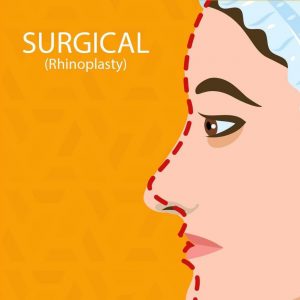
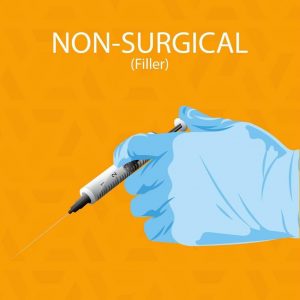
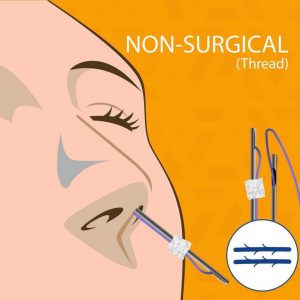
What are the factors that should come into consideration? Are there any age restrictions to have a nose job? How old do I have to be?
Rhinoplasty is a good option for you if:
- Your facial growth is complete and you are 13 years of age or older
- You are physically healthy
- You have specific, but realistic goals in mind for the improvement of your appearance
Non-surgical option is good for you if:
- You would like to get a “test-drive” before committing to the permanent method.
- Nose surgery is a highly individualized procedure and you should do it for yourself, not to fulfill someone else’s desires or to try to fit any sort of ideal image.
- Age and physical fitness aside, we need to determine the motives – is it for a promotion, family or relationship issues, ageing, changing a flaw, etc. Half of our job is counselling and managing expectations, ensuring that patients are aware of the complications. We draw a
line when patients become obsessive or hold unrealistic expectations, as they may not be satisfied with the end result even though it is a successful surgery. As plastic surgeons, we have to moderate the industry so that we don’t get dragged down by trends. Some want to
look like their idols, yet still aren’t happy after achieving that
How many different types of nose surgery are there? How do I know which type do I need?
Open rhinoplasty
- The incision is made under the nasal tip, across the columella (between the nostrils). Often used for patients requiring more extensive change or a complex case. This technique leaves a small visible scar, an experienced surgeon will position the incision to “hide” the scar in the natural contours of the nose so they are less noticeable.
Closed rhinoplasty
- The more difficult approach, requires very skilled surgeon. Ideal for less complicated cases. Incisions are made inside the nostril, there will be no visible scarring after the surgery. Shorter recovery time compared to open rhinoplasty.
Alarplasty
- To increase or decrease the width of the nostrils. Ideal to correct a bulbous nose.
The surgeon will recommend best suited method based on the patient’s anatomy and desired changes. Don’t be shy about discussing your concerns for a mutually agreeable outcome.
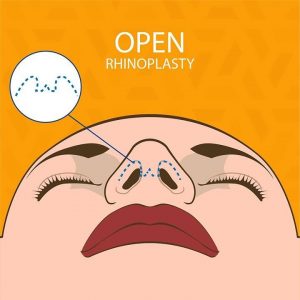
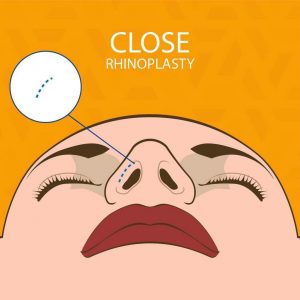
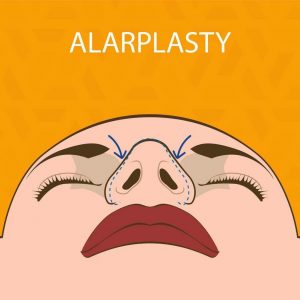
Are the signs of nose surgery visible? Does it leave a scar? Would it be obvious that I have done something to my nose before? What are some of the major differences before and after a nose surgery? How much changes can a nose surgery do to the face as a whole? What are the most apparent changes to the whole complexion?
- Scarring will occur, depending on the incision method used, it can be a nearly invisible scar (open rhinoplasty) or a non-visible scar (closed rhinoplasty).
- It’s natural to feel some anxiety, whether it’s excitement for your anticipated new look or a bit of preoperative stress. Don’t be shy about discussing these feelings with your plastic surgeon.
- When it comes to change, the surgeon is able to produce varying level of outcome. Be it “you still look like you, just better” kind of change or a dramatic one, be sure to communicate with your surgeon. You may have to change your passport if the before and after is unrecognisable, however, it’s fine if you want to look different and you’re prepared for it. Some patients that suffered birth defects or deformity after an accident actually anticipated the change.
- The nose is the center of the face. A subtle change like altering your nose tip can change your face as a whole. Instead of “what kind of nose you want”, the surgeon will recommend a suitable nose shape by taking other features into account.
Is a rhinoplasty permanent? How are the before or follow up treatments like?
- The results of nose surgery will be long-lasting. It may take several months for swelling to fully dissipate and up to a year for the outcome of the surgery to fully refine. Note that as we age, cartilage may continue to reshape and that may change the appearance.
- Before nose surgery, during your consultation with the surgeon, be prepared to discuss:
- Why you want the surgery, your expectations and desired outcome
- Medical conditions, drug allergies and previous medical treatments
- Use of current medications, vitamins, herbal supplements, alcohol, tobacco and drugs
- Any previous surgeries or non-surgical procedure
- The surgeon may:
- Evaluate your general health status and any pre-existing health conditions or risk factors
- Examine and measure your face o Take photographs for your medical record
- Discuss your options and recommend a course of reshaping your nose
- Discuss likely outcomes of a nose surgery and any risks or potential complications
- Discuss the type of anesthesia that will be used
- Different procedures will have their own follow-up schedule to monitor your progress. For example, splint removal will be approximately a week after rhinoplasty.
Is nose job safe (surgical and non-surgical)? Does a nose job hurt (surgical and non-surgical)? What are some of the risks of nose jobs going wrong?
- Regarding safety:
- A hard to swallow fact: All surgeries, including cosmetic procedures, carry risk.
- The decision to have nose surgery is extremely personal and you’ll have to decide if you’re prepared to face the “new you” and if you’re willing to take the risks and potential complications for it.
- The results of the nose surgery will be yours for many years to come. Hence, the surgical cost, while important, should be the least of your concern. Don’t ever bargain shop for your nose. Most surgeons are reluctant to repair botched job performed by others as there are many complications and patients might have unrealistic expectations.
- As for non-surgical counterpart, nose fillers may migrate to a different location away from their injection site; nose thread lift might create visible knots or dimpling; both come with risk of infection.
- Regarding pain:
- Most patients report little or no pain after nose surgery, antibiotics and pain relief will be provided.
- For nose fillers and nose thread lift, the procedures are performed under local anesthesia, while there’s no pain involved, you’re awake throughout the procedure, expect some tugging at your skin.
- Rhinoplasty risks include (but not limited to):
- Infection
- Poor wound healing
- Bleeding (haematoma)
- Nose asymmetry
- Change in skin sensation (numbness)
- Sutures may spontaneously surface through the skin, become visible or produce irritation that require removal
- Possibility of revisional surgery
- Therefore, choosing an accredited and experienced plastic surgeon with attention to detail in these aspects of patient safety can help avoid unnecessary complication and significantly improve the patients’ experience and surgical outcome.
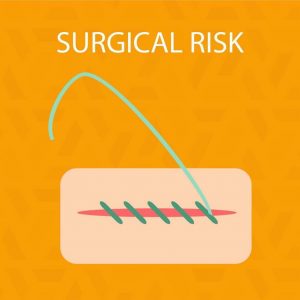
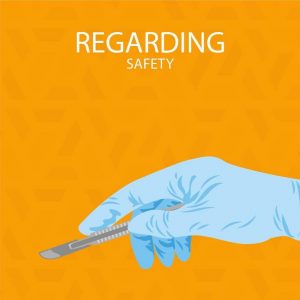
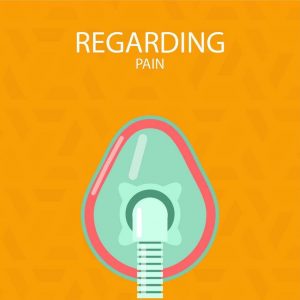
What are the differences between getting a nose job in Malaysia, Korea or Thailand (3 of the highest popular search)?
When medicine and cosmetic surgery started to become borderless, South Korea became the usual choice for Australians, British and Americans. However, procedures in South Korea are expensive and the strong local demand meant that there was hardly a need to develop medical tourism. Also, because of inadequate information and the language barrier, people started looking beyond, and saw Malaysia and Thailand as the go-to place for cosmetic surgery.
Malaysia and Thailand are members of Asia Medical Travel Council (AMTRAC), the first formal collaboration of Asian medical travel associations to promote medical tourism.
- Malaysia is represented by Malaysia Healthcare Travel Council (MHTC), which was established by the Malaysia Ministry of Health to develop medical tourism strategies.
- In Thailand, the Thai Medical Tourism Association (TMTA) is responsible for developing and overseeing medical tourism.
Thai and Malaysia hospitals selected to offer medical tourism must be accredited by the Joint Commission International (JCI), an international body that reviews and accredits American hospitals. On top of that, selected Malaysian hospitals also met Australian Council on Healthcare Standards. Therefore, those who intend to undergo cosmetic surgery can rest assured knowing that the hospitals are on par, if not better, than those in the US.
Cosmetic physicians of both countries are also members of the International Society of Aesthetic Plastic Surgery (ISAPS). With these strict regulations, medical tourists can feel confident of their safety and well-being as they undergo their procedures in either of these countries.
Malaysia is more culturally diverse and English is widely spoken among its people. Although not a factor that could affect the outcome of the procedure, communication is undeniably important when you are undergoing a medical process in a foreign country. English is already the main language used in the medical line (and other science and technology industries), hence there would be no barriers in understanding your concerns and consultation. Should you speak in other languages, its diversity would be beneficial as you can adapt, integrate and recover comfortably.
Caution: While medical tourism patients tempt to cut cost by asking for multiple procedures in one setting, we do not recommend doing so, as the end result may be a shock to the system. Always seek your surgeon’s opinion if you have multiple concerns.
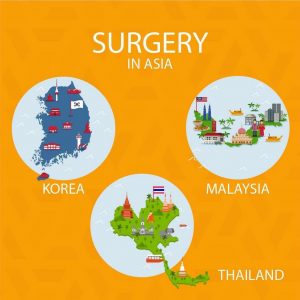
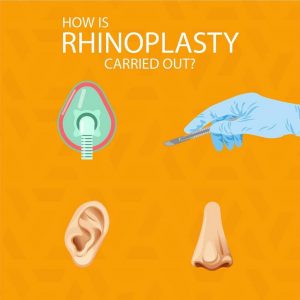
How is a rhinoplasty carried out? How long does it take for the whole process to be completed? How is the recovery like? How should the patient take care of his or her nose for the best results
Process:
- Step 1 – Anaesthesia: Anaesthesia will be administered for your comfort during the surgical procedure. This procedure can be done under general anaesthesia or local anaesthesia.
- Step 2 – Incision: For closed procedure, incisions are hidden inside the nose. For open procedure, incision is made across the columella, the narrow strip of tissue that separates the nostrils. Through these incisions, the soft tissues that cover the nose are gently raised, allowing access to reshape the structure of the nose.
- Step 3 – Reshaping the nose structure: The surgeon can reduce or augment nasal structures with silicone implants or cartilage grafted from other areas of your body. Most commonly, pieces of cartilage from the septum, the partition in the middle of the nose, is used for this purpose. Occasionally a piece of cartilage from the ear or a section of rib cartilage can be used.
- Step 4 – Correcting a deviated septum: If the septum is deviated, it is now straightened and the projections inside the nose are reduced to improve breathing.
- Step 5 – Closing the incision: Once the underlying structure of the nose is sculpted to the desired shape, nasal skin and tissue is redraped and incisions are closed. Additional incisions may be placed in the natural creases of the nostrils to alter their size.
Duration:
- Average time is around 2 hours but that varies with the complexity of the case.
Post surgery care:
- After your surgery is completed, a splint, internal tubes or packing will likely be placed inside your nose and a splint or bandages placed on the outside to support and protect the new structures during initial healing.
- Splints will be removed around a week after surgery.
- Some swelling and bruising may occur, cold compresses will help to promote faster healing. In most cases, bruising subsides in about 2 weeks after the surgery. Swelling will dissipate over the next few months.
- Keep your head elevated while sleeping.
- It is important that the surgical incisions are not subjected to excessive force, abrasion, or motion during the time of healing. Please avoid blowing your nose for the first few weeks after surgery. Avoid glasses as well.
- Depending on your condition, the surgeon may provide extra instructions on how to care for yourself.
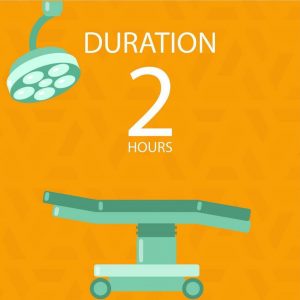


How can a nose surgery change your voice or the way you sound, especially if it changes your nasal passageway?
Generally, rhinoplasty does not change the voice. Technically, rhinoplasty may narrow or open nasal passageway, hence people who underwent rhinoplasty may sound subtly more nasal or deep, however, it will not interfere with the patient’s lives. After surgery, a splint will likely be placed inside your nose for support during initial healing, therefore, your nose may be stuffy and you may sound a little bit nasal.
How can a nose surgery help with sinus problems or affect breathing in anyway?
Rhinoplasty can repair structural abnormalities in the nose. If you have nasal obstruction or sinusitis that is corrected, you may have more airflow, and therefore able to breathe better.
There’s this popular saying that the nose may “drop” 6 months or a year after any nose surgery. How true is this? Why do you think this has been said widespreadly?
It may take up to a year or more for the swelling to completely subside and see the end result of the nose surgery. While it feels like a “drop”, it is actually reduced swelling. 6 months after a rhinoplasty is not enough to assess your final outcome. Communicate with your surgeon whenever you’re in doubt.
